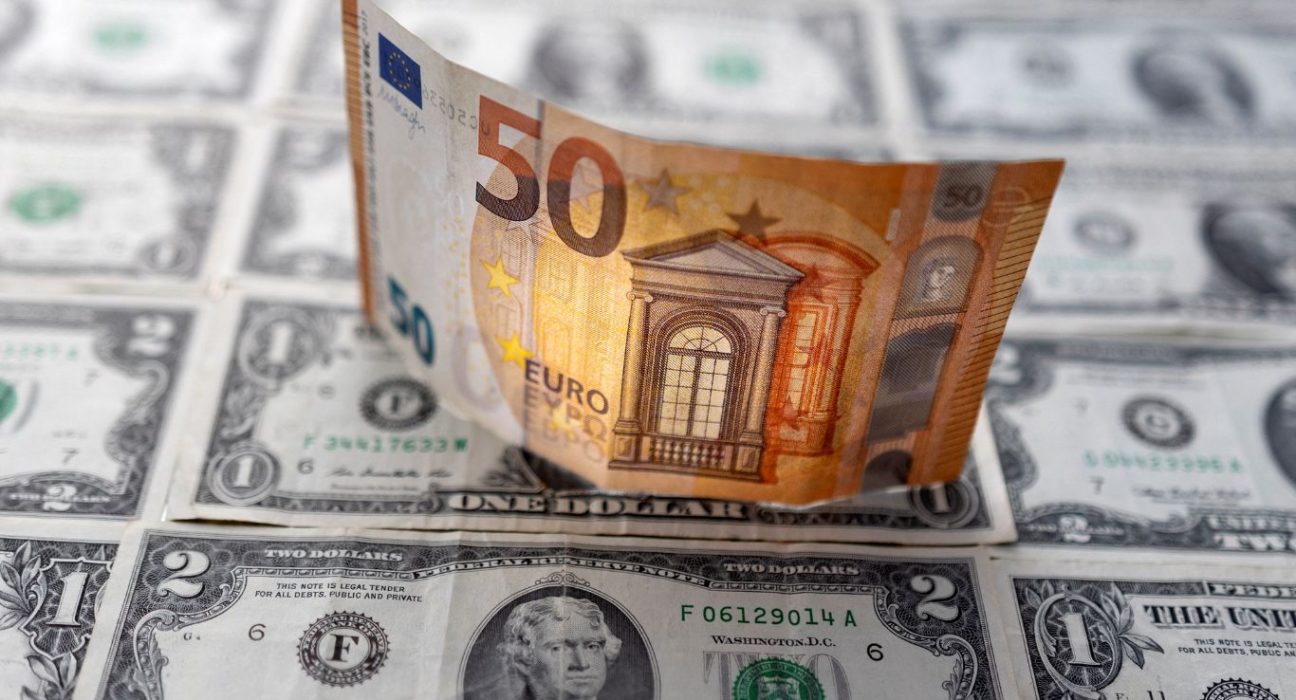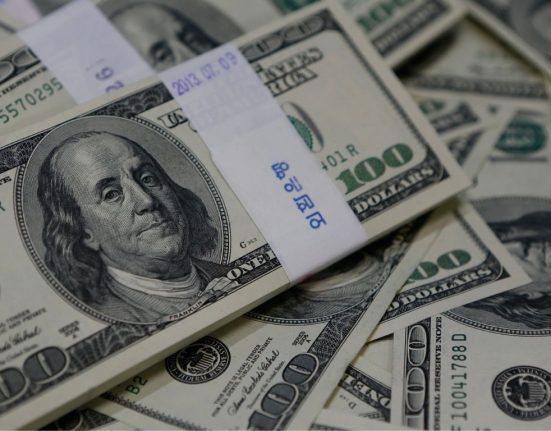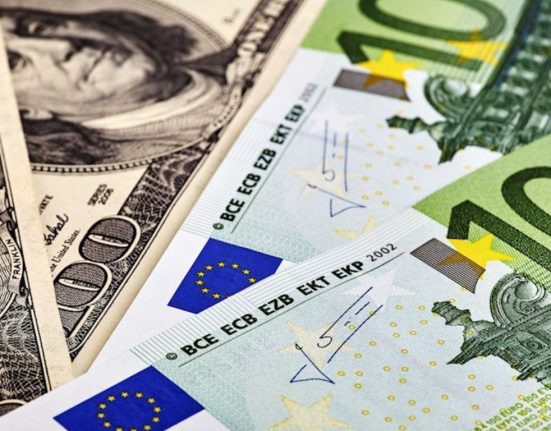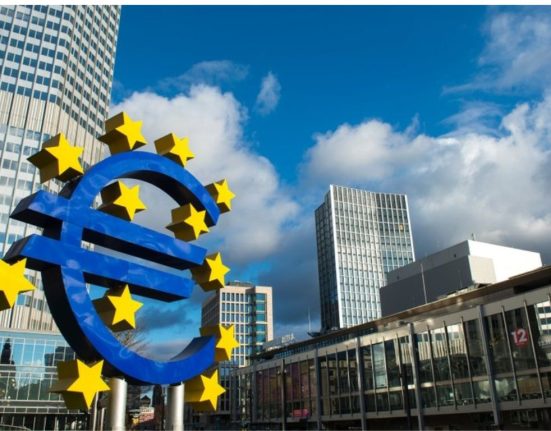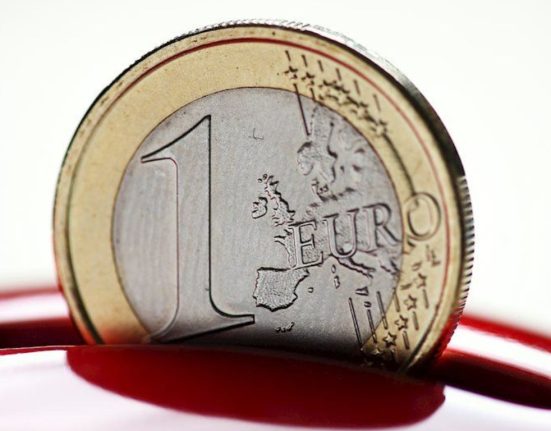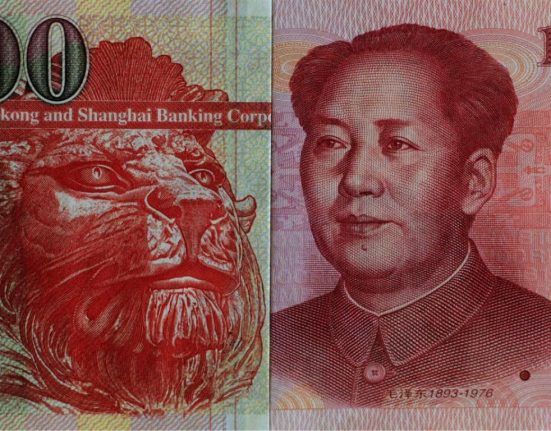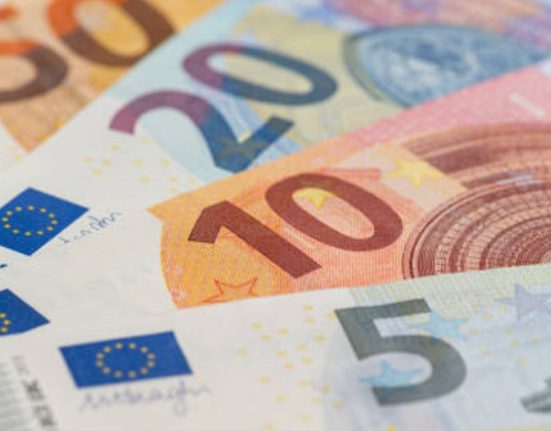Introduction
In the world of international finance, currency markets are constantly in flux, reacting to a myriad of economic and geopolitical factors. One such recent development saw the Euro (EUR) regain some of its balance against the US Dollar (USD) after hitting multi-week lows. This article delves into the key events and dynamics driving this shift and their implications for the EUR/USD exchange rate.
The Euro’s Rebound
Wednesday marked a turning point for the Euro as it made a notable recovery against the US Dollar. After experiencing a dip and reaching lows around the 1.0700 neighborhood, the Euro started to regain its strength. This resurgence came on the heels of a significant event the day prior, where the Euro climbed to fresh six-month highs, just shy of the 105.00 figure.
US Dollar Faces Selling Pressure
The rebound in the Euro was not a solitary event; it was significantly influenced by the behavior of the US Dollar. The Greenback, as it is colloquially known, encountered a wave of selling pressure during this period. This pressure led to a retreat of the US Dollar’s value, settling in the range of 104.80-104.70 when tracked by the USD Index (DXY).
Understanding the USD Index (DXY)
To comprehend the implications of this shift, it’s crucial to grasp the significance of the USD Index (DXY). The USD Index is a measure of the US Dollar’s strength against a basket of major world currencies. A decline in the DXY value indicates a weakening US Dollar, which can have far-reaching implications for international trade, finance, and investments.
US Yields and Their Impact
Interestingly, this decline in the DXY value occurred despite a notable increase in US yields across various timeframes. Typically, rising yields can bolster a currency’s value by attracting foreign investors seeking higher returns on their investments. However, in this instance, the correlation between yields and the US Dollar wasn’t straightforward.
The Intricacies of Currency Markets
Currency markets often exhibit intricate dynamics, and this situation highlights just that. While US yields did experience an upward trajectory, the US Dollar simultaneously faced selling pressure. This divergence suggests that other factors were at play, influencing investor sentiment and the broader currency market.
Factors Behind the Euro’s Rebound
Several factors contributed to the Euro’s rebound against the US Dollar:
- Market Sentiment: Market sentiment can be a powerful driver of currency movements. Positive sentiment toward the Eurozone economy, coupled with concerns about the US economic outlook, may have favored the Euro.
- Geopolitical Developments: Geopolitical events, such as trade tensions or political instability, can impact currency values. Any significant developments in the Eurozone or the United States could have influenced trader sentiment.
- Central Bank Policies: Monetary policies and interest rate decisions made by central banks play a pivotal role in currency movements. Any hints or shifts in policy direction by the European Central Bank (ECB) or the Federal Reserve could have affected the Euro-USD exchange rate.
Implications for EUR/USD Exchange Rate
The EUR/USD exchange rate is closely watched by traders, investors, and businesses engaged in international trade. A stronger Euro relative to the US Dollar can impact various aspects of the global economy:
- Export and Import Dynamics: A stronger Euro can make Eurozone exports more expensive for foreign buyers, potentially affecting trade balances. Conversely, it can make imports more affordable for Eurozone consumers and businesses.
- Investor Decisions: Currency movements influence investment decisions. Investors may reallocate their portfolios based on expectations of currency fluctuations, affecting asset prices.
- Inflation and Monetary Policy: Currency strength can influence inflation rates and central bank policies. A stronger Euro may contribute to lower inflation in the Eurozone, potentially influencing ECB decisions.
Conclusion
In the ever-evolving world of international finance, currency markets remain a dynamic arena where a multitude of factors can influence exchange rates. The Euro’s recent rebound against the US Dollar, despite rising US yields, highlights the complexity of these markets. Understanding the interplay between economic data, market sentiment, and geopolitical developments is essential for investors, traders, and businesses navigating the intricacies of the global economy.
